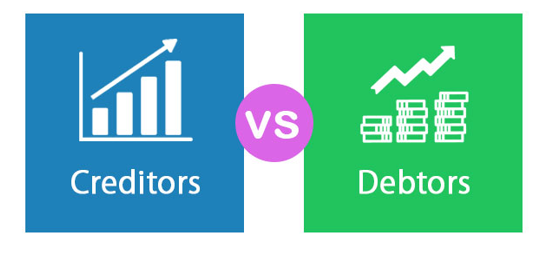An overview of keep and pay

What is keep and pay?
Keep and pay is a bankruptcy exemption where a debtor can keep assets such as houses, structures, or cars as long as there is continuous payment.
From bankruptcy to keep and pay
When entities go bankrupt, there will be a legal proceeding because they can no longer pay their outstanding debts. The debtor initiates the bankruptcy petition. Later on, there will be asset evaluation to repay some of the outstanding debts.
However, in a keep and pay agreement, there is an exemption. It is a strategy used by debtors to keep assets even after declaring or filing bankruptcy. However, the debtors should follow a set of bankruptcy resolutions where they agreed to pay right on schedule and disclose their intentions in the form of court documents. Keep and pay rules are different from one state to another state.
Exempt assets vs. non-exempt assets
After a debtor files for bankruptcy, there are several assets that he can keep if he follows scheduled payments and specific rules. We call these exempt assets.
On the other hand, we call the assets liquidated and repossessed to pay off the outstanding debt, the non-exempt assets. If a debtor wishes to avoid this, he can keep and pay. However, there are instances when there is a need to go to the bankruptcy court to file an official statement about his asset plans then get the creditor's approval.
It is written in Chapter 7 bankruptcy that an individual who files for bankruptcy discloses what the plans for each asset are. An individual can choose whether he will surrender, retain and redeem, or keep and pay the specific items. If the individual wants to keep certain assets, there is no assurance, but several courts allow the debtor to keep the assets if the purpose is reasonable, while some courts have guidelines.
The guidelines depend on the asset type, asset value, and the outstanding debt. After assessing these, guidelines help in identifying what to do next with the assets. They can state whether an asset is liquid or not - meaning if the bank or the creditor can sell them immediately. They can also address if the asset is essential for the debtor's income source, like a car to get to and from a workplace.
It may be less hassle to do a keep and pay.
There are generally two options for creditors on their next action after a debtor filed for bankruptcy:
- Keep and pay agreement option. A creditor can let a debtor do a keep and pay agreement provided that there is a confidence that the debtor can pay the full amount in the future. It may mutually benefit both parties and may also be a lesser hassle than the next option.
- Liquidation and repossession. After liquidation, the bank will have to resell assets to repay a portion of the remaining debt. Let's say the debtor still has a massive outstanding balance left to pay for a mortgage; the bank will try to sell this home. Of course, before selling this home, there would be many processes, efforts, and costs, making a keep and pay option more beneficial.




